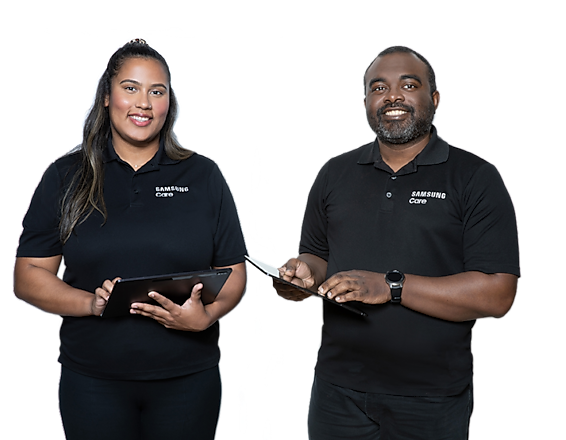Manage files on your Galaxy phone or tablet

Manage files on your Galaxy phone or tablet
Use My Files on your device
The My Files app stores every file you have on your phone or tablet. It's like the File Explorer on a PC or Finder on Mac, where you can easily view and move photos, videos, music, documents, and more. You can also remove files from the My Files app if you no longer need them. The Trash feature in My Files should be on by default, but you should make sure it's turned on just in case.
- Navigate to and open the My Files app. It's usually in the Samsung folder.
- Select your desired file category, such as Images, Videos, Audio files, Documents, Downloads, or Installation files.
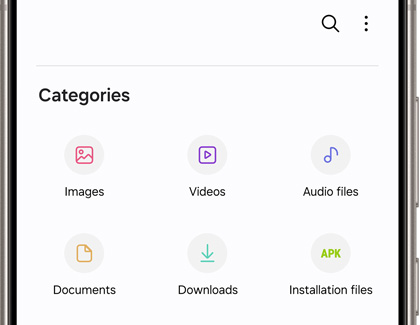
- If needed, select any additional folders that contain your desired files. Touch and hold the file(s) or folder(s) you want to move.
- Tap Copy to create a copy of the files in a different storage area. Or, tap Move to completely remove the file from its current location and move it to a new location.
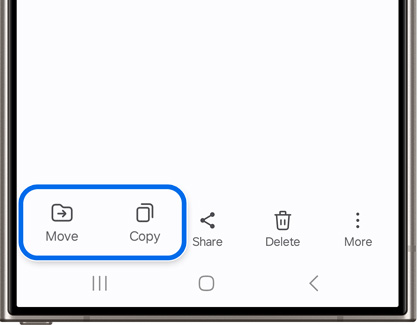
- Next, navigate to and select your desired destination:
- Internal storage: Move the file(s) or folder(s) to a different location within the same internal storage.
- SD card: If you have a microSD card inserted, tap SD card, and then select the destination location. Please be aware that apps cannot be moved to the SD card using My Files. You will need to use another method.
- Google Drive: If prompted, sign into your Google account to access your Google Drive. You can transfer files to and from the cloud.
- OneDrive: Log into your Microsoft account and grant permissions for My Files to access the OneDrive cloud.
- Network storage: Tap Add network storage to add and use a server or other network storage location.
- Once you've found where you want to put the file, tap Move here or tap Copy here.
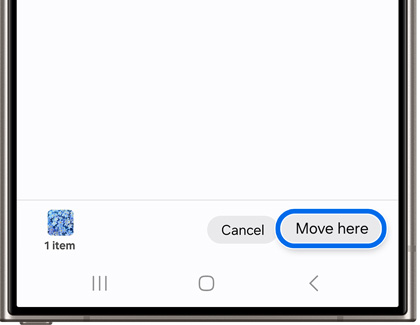
Note: You can also create a new folder for your file. Tap More options (the three vertical dots), then tap Create folder, and then enter a name for the folder. Tap Create, and then tap that folder if you wish to move your file to it. - To remove a file, tap Back, and then select your desired file category. If needed, select any additional folders that contain your desired files.
- Touch and hold the file(s) or folder(s) you want to delete.
- Tap Delete, and then tap Move to Trash to confirm. The file will stay in the Trash for 30 days before being permanently deleted.
Use a microSD card or OTG flash drive
If you're looking to transfer all of your files, you can use a convenient microSD card or flash drive. You can also use the options in Device care to help clear space.
- First, insert your microSD card or USB OTG flash drive. Navigate to the Samsung folder, and then open the My Files app.
- Find the file you want to move, and then touch and hold the file.
- To move additional files in the same folder, you will need to select All at the top of the screen. Or, you can select multiple files individually.

- Next, tap Move or Copy at the bottom of the screen, and then navigate back to the My Files home page.
- Tap SD card or USB Storage - this will only show up if you have a flash device inserted. Then, tap Move here.
Please note you can only move or copy files this way in the My Files app. You cannot move or copy files to other apps, such as Gallery.
MicroSD cards are not limited only to files. You can even move certain apps to the SD card!
Transfer to a PC or laptop
Every Galaxy phone and tablet will come with a USB cable for charging and connecting to a PC. You can also use this USB cable to transfer files to your PC! Depending on your specific devices, you may need an adapter or different cable for the PC connection.
- First, unlock your phone or tablet, and then connect it to your PC using a USB cable.
- If it's the first time connecting this device and PC, you may have to allow connection permissions. Tap Allow on the phone or tablet.

- By default, the connection will be configured for file transfers. Other USB modes will be available if you tap the USB notification on your device, however make sure you have selected Transferring files or MTP for file transfers.
- You can now use your PC's File Explorer app to browse and copy files. Windows may suggest other installed apps as well.
You can also use Samsung Flow to transfer media wirelessly.
Use a cloud option
You can also store your files using a cloud service. These have the benefit of being accessible on a variety of devices, making it easy to access and use your data where you need it.

Your Samsung device is compatible with a number of Cloud storage providers:
Transfer images to your Samsung smart watch
Did you know your Galaxy smart watch can store music and images too? So why not transfer some from your device as a backup? It's easy, and your pictures will always be there if you need them.
- On the connected device, open the Galaxy Wearable app. Tap Watch settings, and then tap Manage content.
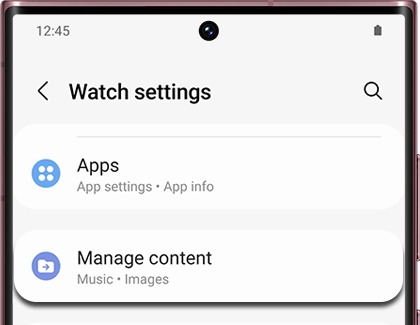
Note: Allow the permissions if prompted. - Tap Add images and then select your desired image(s). Tap Done. Your device will send the images to your watch, where you can view them in the Gallery app.
- You can also automatically sync images from your phone. From the Manage content menu, tap the switch next to Auto sync albums, under Gallery.
- Tap Albums to sync and Auto sync image limit and make your selections. You can also tap Select story to sync or enable Auto sync latest story.


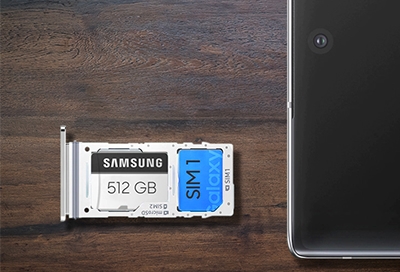
Contact Samsung Support

